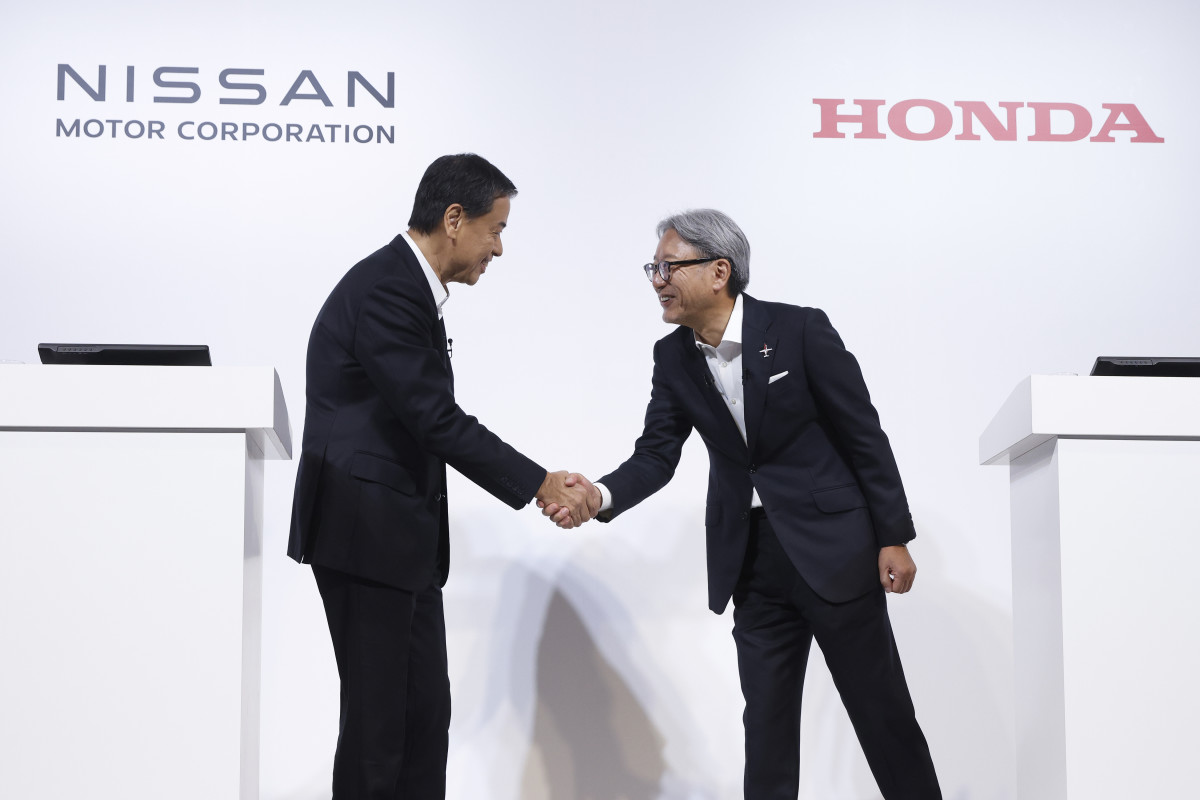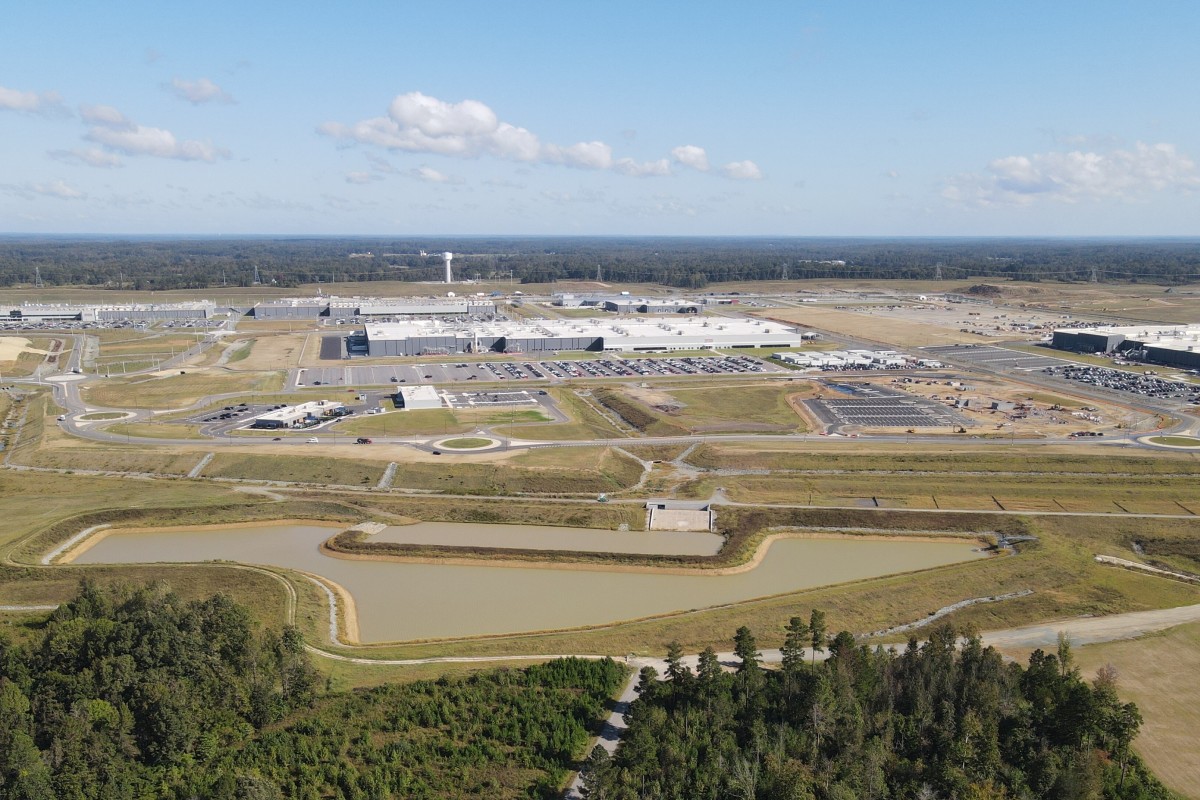
From a Scrapped Merger to a Second Look at Collaboration
Earlier this year, Nissan and Honda cut short what could have been one of the more unexpected alliances in the industry. Their merger talks ended quietly, with both companies reportedly unable to settle on restructuring plans and long-term integration goals. For a while, that seemed like the end of the line for any sort of deeper relationship.
But things change quickly when tariffs get involved. Nissan’s new chief executive, Ivan Espinosa, now suggests that while the merger is off the table, the appetite for collaboration isn’t gone. Instead of blending corporate structures, both brands are revisiting the idea of teaming up on something more practical: jointly developing products and powertrains for the US market.
Bloomberg/Getty Images
Talks Continue, With Nissan Keeping Options Open
In an interview with Nikkei Asia, Espinosa confirmed that Nissan and Honda have been meeting regularly, discussing where US-based collaboration makes sense. “Is there any opportunity for joint product development or for powertrain development? These are the topics that we are discussing,” he said. He also noted that the discussions are “very constructive, very positive.”
Espinosa stressed that the talks aren’t directly tied to tariff pressure, though both companies are clearly feeling it. The US reduced tariffs on Japan-built passenger vehicles to 15 percent – far better than the previous 27.5 percent, but still much higher than the long-standing 2.5 percent rate. Nissan expects tariff impacts of 275 billion yen this fiscal year, while Honda estimates 385 billion yen in losses tied to the same policy shift.
Both automakers have US manufacturing footprints, which opens the possibility of shared production or joint component sourcing. Espinosa didn’t confirm anything but hinted that Nissan isn’t drawing any hard boundaries: “We are open to anything.” What he did rule out was another attempt at a capital tie-up.
Meanwhile, Toyota Doubles Down on Local Production
While Nissan and Honda explore shared development as a way to soften tariff pressure, Toyota is taking a more direct approach. The company has just opened its nearly $14 billion battery plant in Liberty, North Carolina – its first battery production site outside Japan and now a key part of its US supply chain.
The investment is part of Toyota’s push to localize, with the company committing billions more toward expanding American manufacturing and preparing plants for future EV and hybrid models. It’s a long-term play that locks in local capacity, stabilizes costs, and gives Toyota more control over its North American strategy.
Toyota



